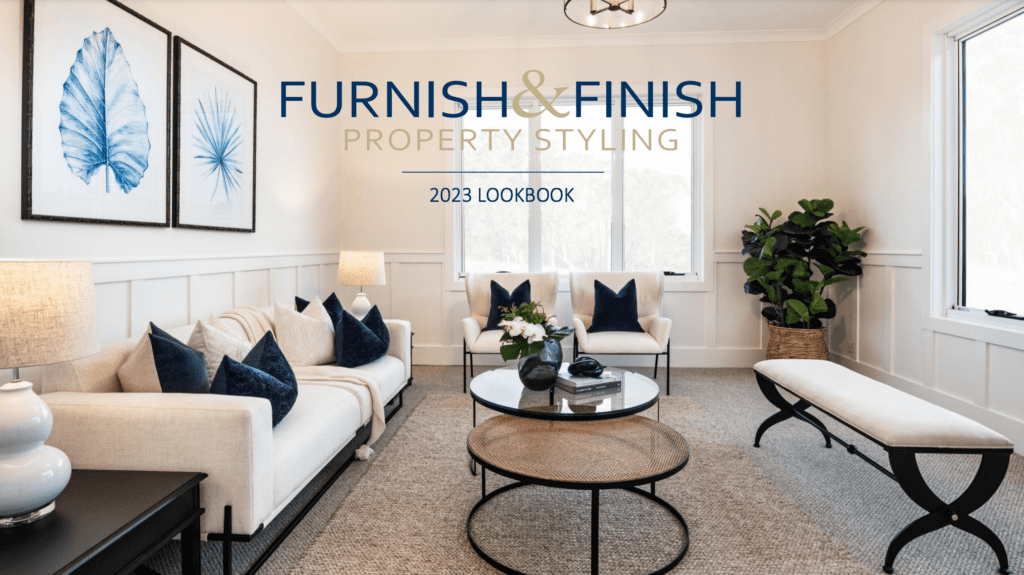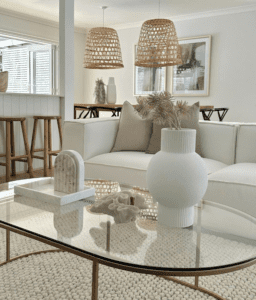Texture is a critical yet often overlooked element in property styling that can greatly impact how a space feels and looks. Successfully incorporating various textures and materials can add depth, dimension, and visual interest to a room, creating a dynamic environment that appeals to potential buyers in the competitive real estate market. By layering contrasting textures, patterns, and materials, you can create a visually engaging and tactile experience that enhances your home’s atmosphere and aesthetic appeal.
In this informative, educational article, Furnish & Finish will delve into the essential role of texture in property styling for your home. We will explore the various types of textures available and discuss how to effectively layer these textures to create a cohesive, inviting look. From natural materials and mixed textiles to subtle patterns and tactile accessories, we will help you understand the essential principles of layering textures and provide practical tips to apply them in your property styling efforts.
Trust Furnish & Finish to guide you through the process of incorporating textures into your property styling and discover the transformative power of texture in creating captivating and memorable spaces. Our expert team can provide tailored property styling solutions to accentuate your home’s unique features and create a beautiful, textured environment that sets your property apart in the real estate market.
1. Natural Materials: Bringing the Outdoors In
Incorporating natural materials into your property styling effectively introduces texture and warmth while subtly connecting the indoor and outdoor environments. Some popular options include:
- Timber: Use hardwood flooring, reclaimed timber furniture, or wooden accents to bring a sense of depth and warmth. Different types of timber offer variations in texture and colour, allowing you to create a unique, visually appealing space.
- Stone: Incorporate stone features, such as a limestone fireplace, marble countertops, or natural stone tiles, to convey a timeless, elegant look while adding a touch of nature’s texture.
- Natural fibres: Textiles made from natural fibres like cotton, linen, jute, or wool can add visual interest and tactile appeal through area rugs, cushions, or throw blankets.
Experiment with combining different natural materials to create a richly textured, cohesive look that suits the style of your property.
2. Mixed Textiles and Fabrics: Creating a Tactile Experience
Layering various textiles and fabrics is essential to achieving a well-rounded, textured environment in your property styling efforts. Some tips for incorporating textured textiles include:
- Furniture upholstery: Choose furniture with textured upholstery, such as a velvet sofa, worn leather armchair, or fabric headboard, to create a tactile focal point.
- Rugs: Add area rugs in various materials, patterns, and pile heights to create visual depth and provide a comfortable surface underfoot.
- Bedding and cushions: Mix and match textiles, such as cotton, linen, or velvet, while layering patterns and solids to enhance the appeal of bedrooms and living spaces.
- Window treatments: Opt for textured curtains or blinds, using materials like linen, wool, or even bamboo to bring dimension to windows and control sunlight.
Remember, balance is key when layering textiles and fabrics. Choose a cohesive colour palette to ensure your curated textures work together harmoniously.
3. Subtle Patterns: Adding Visual Depth
Integrating subtle patterns into your property styling can serve as an understated way to add texture and dimension to your home. To achieve this:
- Consider using patterned wallpaper or adding subtly textured wall finishes, such as a Venetian plaster effect, to create depth and visual interest.
- Choose patterned or textured tiles for kitchen splashbacks or bathroom feature walls to contribute to the overall styling while providing a durable, easy-to-clean surface.
- Incorporate patterned textiles, like area rugs, cushions, or bedding, ensuring the patterns remain subtle and unified with your overall colour scheme to avoid overwhelming the space.
4. Tactile Accessories: The Finishing Touch
The final layer of texture comes from adding tactile accessories to complete your property styling. Carefully curate these items to enhance the textured look of your home:
- Decorative items: Look for accessories that offer a tactile appeal, such as woven baskets, ceramic vases, or textured artwork, to heighten interest and depth.
- Lighting: Choose light fixtures with textured or patterned shades, such as rattan or metal, to cast interesting shadows and diffuse light in intriguing ways.
- Plants: Incorporate greenery in your styling to introduce a natural, organic texture and enliven your space with a touch of nature.
Conclusion:
By understanding the importance of texture in property styling and learning how to layer materials, fabrics, patterns, and tactile accessories effectively, you can create a visually engaging and dynamic environment that captures the attention of potential buyers in the real estate market. Thoughtful use of texture enhances the atmosphere and aesthetic appeal of your property and makes a lasting impression on those who view your home.
Trust in Furnish & Finish’s expertise to incorporate textures into your home property styling, creating a visually engaging and immersive environment that sets your home apart. Get in touch with our expert team today to discover how we can elevate your property with our professional styling services, providing tailored solutions that focus on the transformative power of texture.






No Comments
Sorry, the comment form is closed at this time.